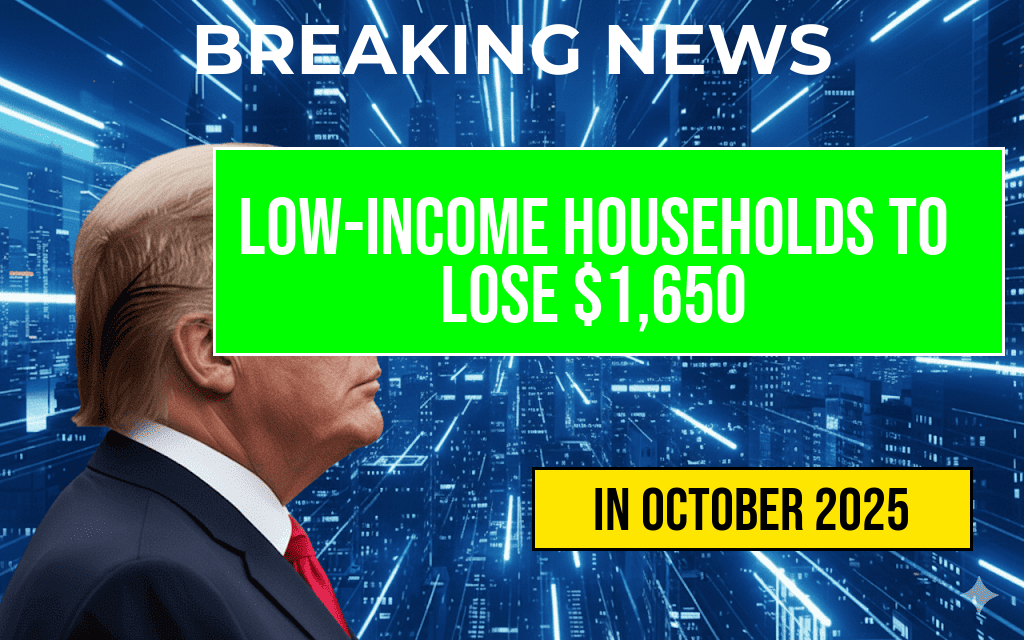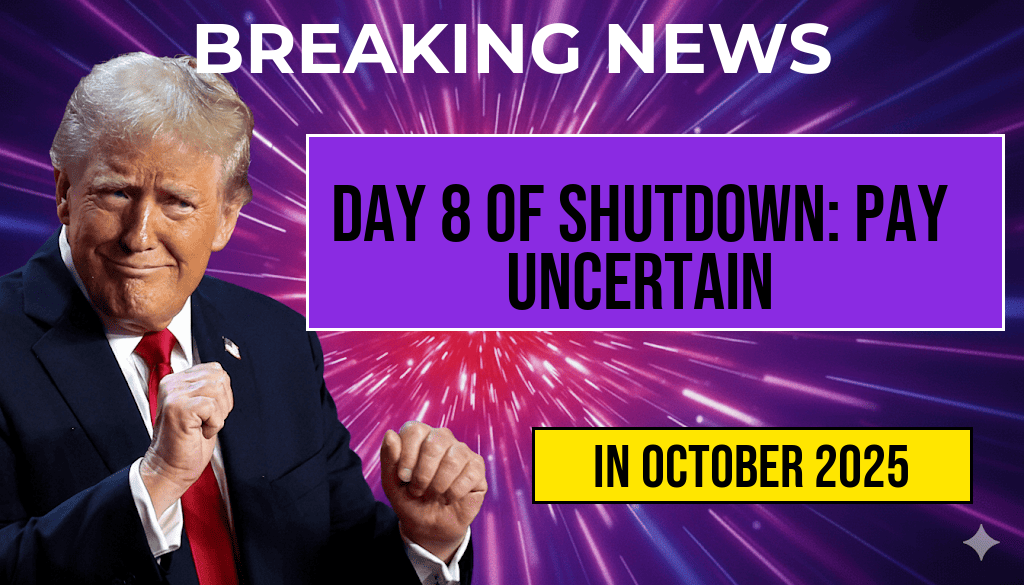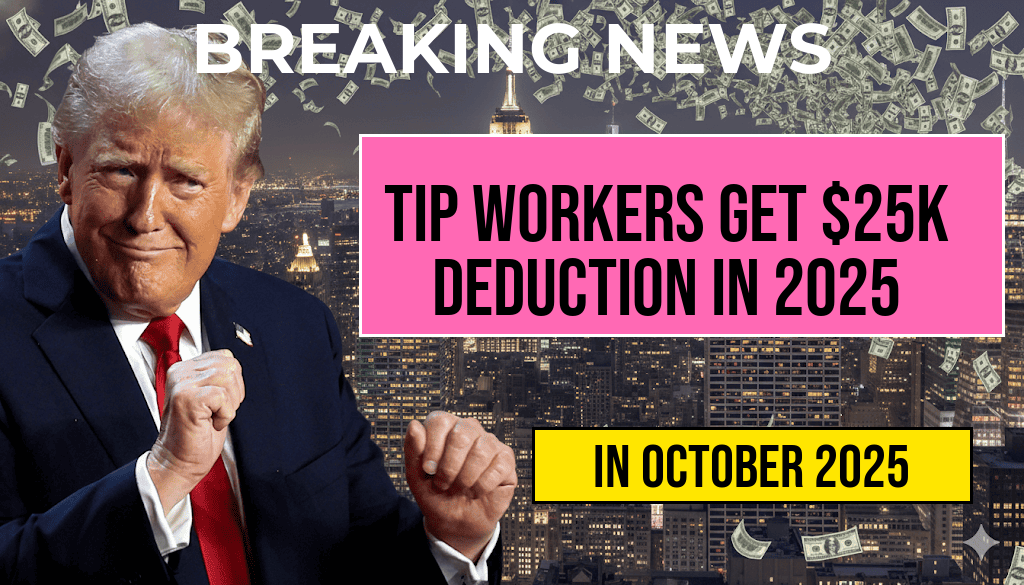A series of recent policy changes are set to significantly impact the income levels of the nation’s poorest households, with estimates indicating a net reduction of approximately $1,650 per year for those at the bottom of the economic ladder. These adjustments, announced by federal and state officials last week, aim to recalibrate social safety net programs and tax credits but have drawn sharp criticism from advocacy groups and economists concerned about increasing economic hardship for vulnerable populations. The reforms, which include modifications to the earned income tax credit (EITC), changes in minimum benefit thresholds, and tighter eligibility criteria for assistance programs, threaten to push many low-income families into deeper financial instability.
Key Components of the New Policy Changes
Alterations to the Earned Income Tax Credit (EITC)
- The EITC, a vital component for supplementing low-wage earners’ income, is being phased out for certain age groups and income brackets.
- Eligibility requirements are becoming more restrictive, disqualifying some families who previously benefited from the program.
- Experts project that approximately 3 million households could lose an average of $400 annually due to these changes.
Revisions to Minimum Benefit Thresholds
- The minimum income levels required to qualify for various assistance programs, including Supplemental Nutrition Assistance Program (SNAP) and housing subsidies, are being increased.
- This shift effectively narrows the pool of eligible households, leaving some without access to critical support.
- Data suggests that roughly 1.5 million households will see their benefits reduced or eliminated as a result.
Enhanced Scrutiny and Eligibility Criteria
- Stringent income verification processes are being enforced, making it more difficult for applicants to qualify.
- Asset limits for asset-based assistance programs are being lowered, disqualifying families with modest savings.
- Such measures aim to curb fraud but risk excluding many low-income families from essential aid.
Projected Economic Impact on Low-Income Families
| Income Bracket | Number of Affected Households | Average Income Loss |
|---|---|---|
| Below $20,000 | Approximately 5 million | $1,650 |
| $20,000–$30,000 | About 3 million | $900 |
According to analyses from the Brookings Institution, the cumulative effect will push many families into deeper poverty, affecting their ability to cover basic needs such as housing, food, and healthcare. The reduction in disposable income is expected to exacerbate existing disparities, especially among single-parent households and minorities who are disproportionately represented among the lowest income groups.
Government Rationale and Industry Response
Officials defending the reforms argue that these measures are necessary to ensure fiscal responsibility and reduce dependency on government aid. They emphasize that tightening eligibility and benefit thresholds are intended to promote employment and self-sufficiency among low-income populations, citing studies that link overly generous benefits with reduced workforce participation.
Conversely, advocacy organizations warn that such policies risk undoing years of progress in poverty alleviation efforts. National Poverty Action Group spokesperson Linda Harris stated, “Reducing support at this critical juncture disregards the economic realities faced by millions of Americans. For many families, losing $1,650 annually could mean choosing between rent and groceries.”
The private sector also voices concern, with some businesses noting potential ripple effects on local economies. Reduced income among low-income households can lead to decreased consumer spending, impacting retail, housing, and service industries that rely heavily on spending from economically vulnerable consumers.
Broader Context and Future Outlook
This policy shift comes amid ongoing debates about the role of government safety nets and the best strategies to lift Americans out of poverty. Critics argue that the timing is ill-advised, particularly as inflation continues to strain household budgets nationwide. According to the Wikipedia entry on income inequality in the U.S., the poorest segments have seen stagnant wages and rising costs for essential goods, making additional reductions in aid especially damaging.
State governments are also adopting similar measures, with some proposing to cut benefits or tighten eligibility criteria further. The combined effect could deepen economic disparities and increase reliance on emergency assistance programs in the long term.
As policymakers navigate this complex terrain, the focus remains on balancing fiscal responsibility with social equity. The coming months are likely to see increased advocacy and legal challenges aimed at protecting the interests of those most vulnerable to these changes. For now, the consensus among experts remains clear: without targeted support, many of the nation’s poorest households face a net income decline that threatens to undo years of progress in reducing poverty.
Frequently Asked Questions
What is the main impact of the new policies on low-income households?
The new policies are expected to reduce the income of the poorest households by a net $1,650, potentially affecting their ability to meet basic needs.
Who will be most affected by these policy changes?
Low-income households and individuals relying on government assistance or benefits will be the most impacted by the reductions in income.
Why are these policies being implemented despite their impact on the poor?
The policies aim to restructure economic priorities or address budget deficits, but they may disproportionately affect low-income populations.
What can affected households do to mitigate the impact of these reductions?
Households can explore additional support programs, seek financial counseling, or consider alternative income sources to offset the reduced income.
Are there any plans to review or reverse these policy changes?
It is unclear if there will be a review or reversal of the policies, but advocacy and public pressure may influence future policy adjustments.








